A hologram is often described as a ‘window with memory’ as it captures light as if it was frozen by a window. By recording the direction and shape of light the hologram encodes spatial information by capturing an interference pattern. This pattern is physically etched as micro-to-nano structure that then shapes light through diffraction.
Most holograms created by artists are made with lasers. A laser can produce ‘monochromatic’ light that is a single color and wavelength, i.e. green light with a wavelength of 532nm. The lasers used for holography are also ‘coherent’ meaning that the waves are all in phase – kinda like a standing wave produced by a wind instrument. Monochromatic and coherent light is needed to create a high contrast interference pattern.
To create an interference pattern the laser light is split and spread. Part of the beam is shone directly on the recording medium and acts as a reference like a stationary ripple.
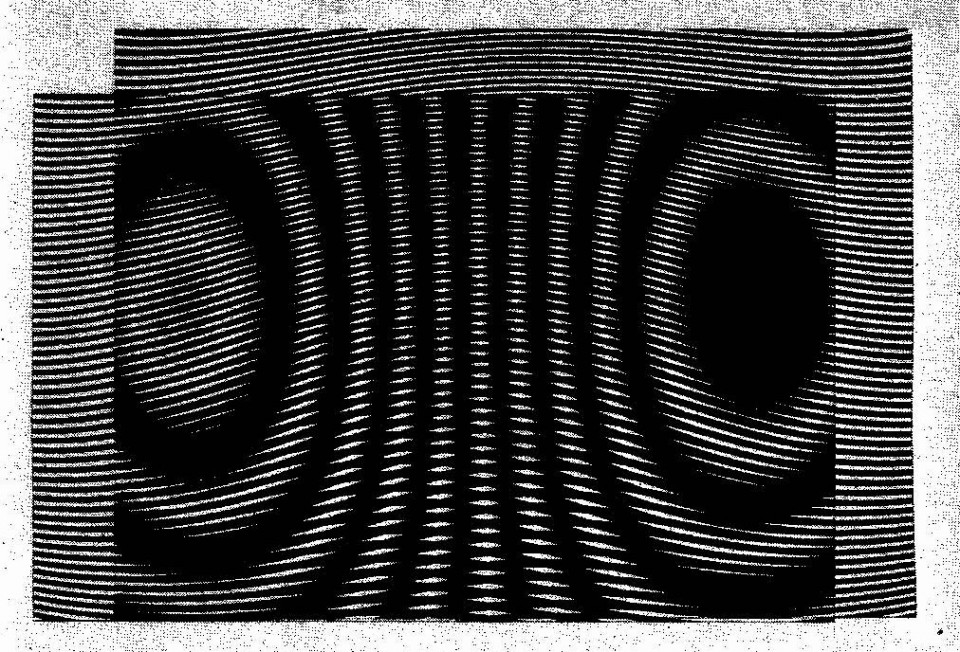
The other part of the beam is used to illuminate the object or scene, bouncing off this and meeting the reference beam at the hologram. While light travels a 300 000 000 m/s the interference pattern needs to be stationary in order to record a hologram. A lot of effort goes into making sure nothing moves during a hologram exposure…or to freeze action you can use a pulse laser – such as the HoloCenter’s Pulse Laser at OSU.
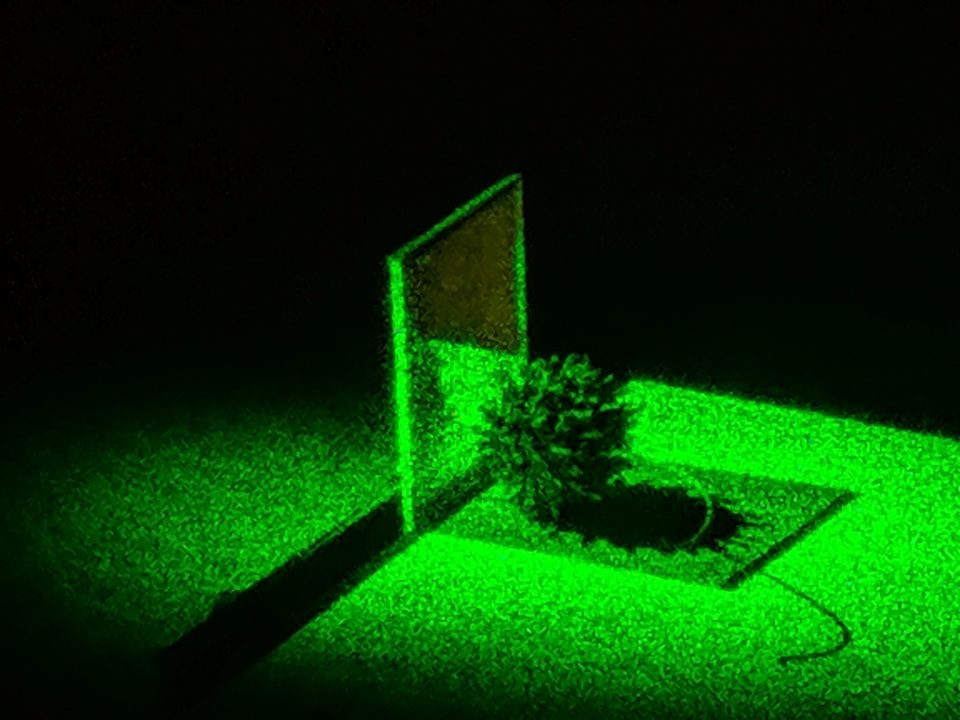
To record the interference pattern you need a high resolution, photo-sensitive material, in silver based materials this is achieved through a fine grain structure1. Common materials are silver-halide emulsion (like B&W film), dichromate gelatin (DCG), photoresist (often used to create metal shims for embossing) and photopolymers (aka ‘instant film’ as it does not need chemical processing). Holograms can also be directly written by electron beam lithography, interference lithography, photo-lithography or a combination of these.
A hologram can also be embossed – stamped from a master hologram or ‘metal shim’. Embossing is widely used for secure identification, such as on passports, credit cards, tickets and packaging, as it is very difficult to copy an embossed hologram unless you have the master.
To understand the physics of holography here is a great 45min lecture by Pete Rogina at the HoloCenter in 2014.

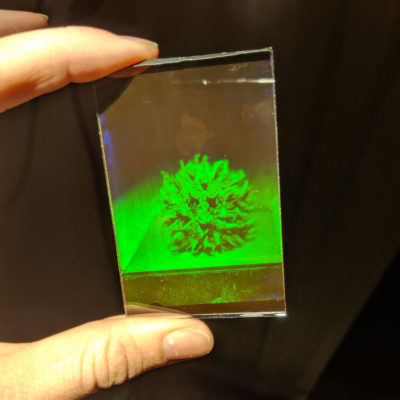 What is a Hologram?
What is a Hologram?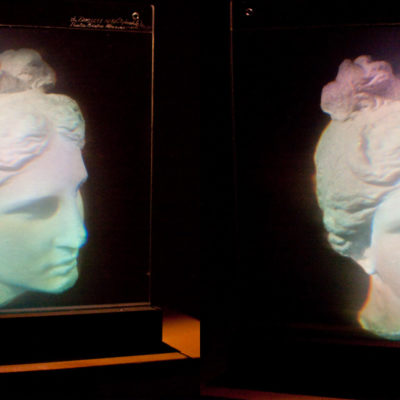 History of Holograms
History of Holograms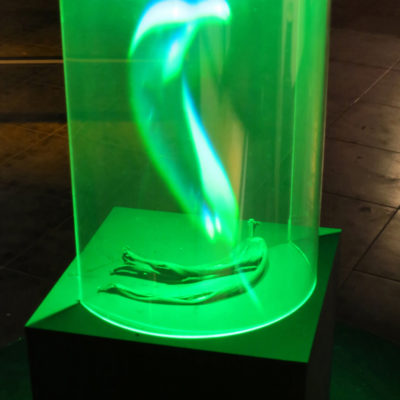 Different Types of Holograms
Different Types of Holograms Future History
Future History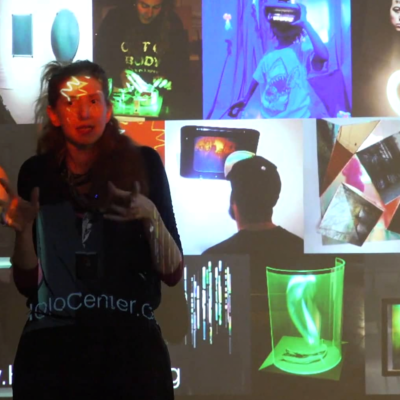 What is Holographic Art
What is Holographic Art